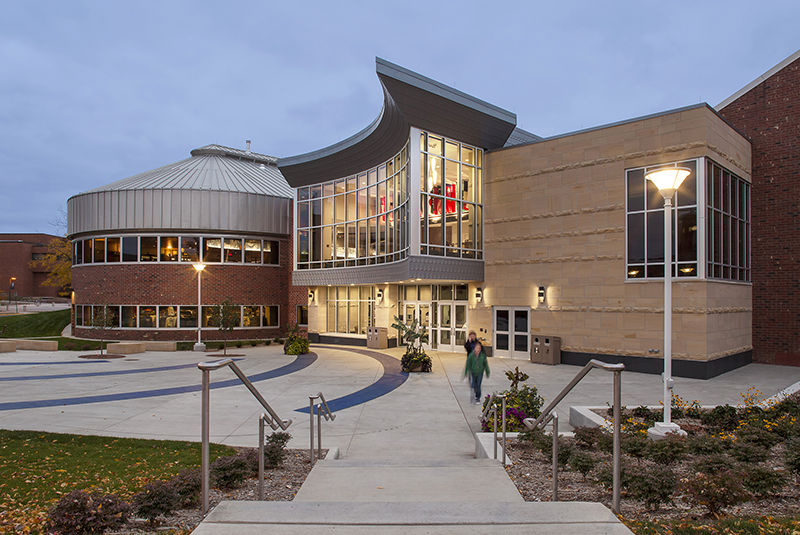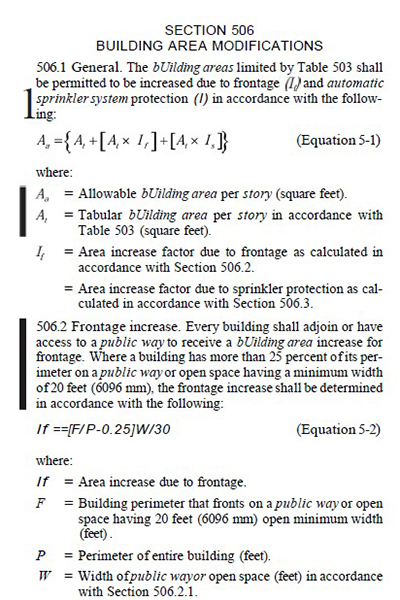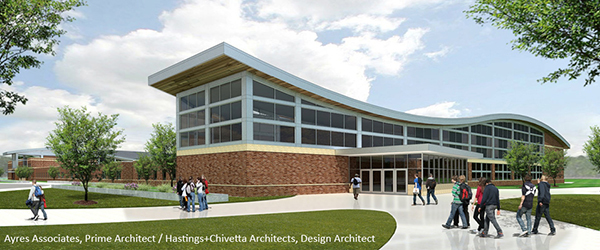Without Math, Architecture Could Get Ugly
 Architects often hear the comment, “I would have liked to be an architect, but I’m not good at math.” At the same time, other people think architects only need a flair for design and would never be bogged down by something as mundane as math. The reality is that creativity and math are equally important. As an architect you use both almost every single day. But you actually don’t have to be a mathematical genius to be a successful architect. What you do need is a good understanding of algebra, trigonometry, and geometry – and the ability to translate the logic of those concepts to real life.
Architects often hear the comment, “I would have liked to be an architect, but I’m not good at math.” At the same time, other people think architects only need a flair for design and would never be bogged down by something as mundane as math. The reality is that creativity and math are equally important. As an architect you use both almost every single day. But you actually don’t have to be a mathematical genius to be a successful architect. What you do need is a good understanding of algebra, trigonometry, and geometry – and the ability to translate the logic of those concepts to real life.
 Whether your project is a state-of-the-art student center, such as the University of Wisconsin-Stout Memorial Student Center pictured here, or a themed commercial building, as an architect you’ll always be calculating dimensions, measurements, thicknesses, volumes, and areas on a daily basis – not to mention those important budgets and building codes (more on those later). Of course, that’s what calculators are for, but would-be architects still need to understand the mathematical concepts and formulas necessary for those calculations. Complex mathematics are not required, but an ability to solve everyday algebraic problems is essential. As architects, our job is to provide spaces that are ergonomically correct and in scale and harmony with their surrounding environment, and knowing how to use math to analyze those relationships and proportions is key to creating a structure that fulfills those requirements.
Whether your project is a state-of-the-art student center, such as the University of Wisconsin-Stout Memorial Student Center pictured here, or a themed commercial building, as an architect you’ll always be calculating dimensions, measurements, thicknesses, volumes, and areas on a daily basis – not to mention those important budgets and building codes (more on those later). Of course, that’s what calculators are for, but would-be architects still need to understand the mathematical concepts and formulas necessary for those calculations. Complex mathematics are not required, but an ability to solve everyday algebraic problems is essential. As architects, our job is to provide spaces that are ergonomically correct and in scale and harmony with their surrounding environment, and knowing how to use math to analyze those relationships and proportions is key to creating a structure that fulfills those requirements.
A typical problem involves figuring how to minimize defined circulation space (wasted space) so that usable space (classrooms/offices) can be maximized. You may be asked to provide three equal-sized rooms within an existing square space while not exceeding a 2:1 ratio in the dimensions of any individual room (no long, skinny rooms allowed!). Although no deep math is required to solve this request, a general knowledge of geometry and algebra will help in quickly coming up with the best solution so you can move on to the next problem in the conceptual design phase.

Fire-related building codes.
When it comes right down to it, architects are problem-solvers, and the ability to work logically through complicated mathematical problems is actually pretty good practice for dealing with everyday design issues. For example, while planning a new athletic complex at the University of Wisconsin-River Falls, shown in the rendering below, one of the first things we did was estimate how many people were going to be using the facility; then we calculated how many doors, toilets, and parking spaces would be necessary to accommodate all those users. Are those the first things most people think of when they see the fancy new building? Probably not – but without all the behind-the-scenes calculations (and toilets), very few people would actually want to use the building!
Math is also necessary for the non-glamorous but still very important side of architecture: costs and regulations. Budgets need to add up correctly, or your project will run out of money. And building codes often require us to use formulas to calculate all sorts of things, such as the required number and sizes of exits, the number of required plumbing fixtures or parking spaces, or the allowable area of openings in a fire-rated wall or door.
The bottom line: Math is the backbone that architects need to turn their designs into reality.
Interested in learning more about architecture or Ayres Associates’ architectural services? Reach out to one of our architects.

Post a comment: